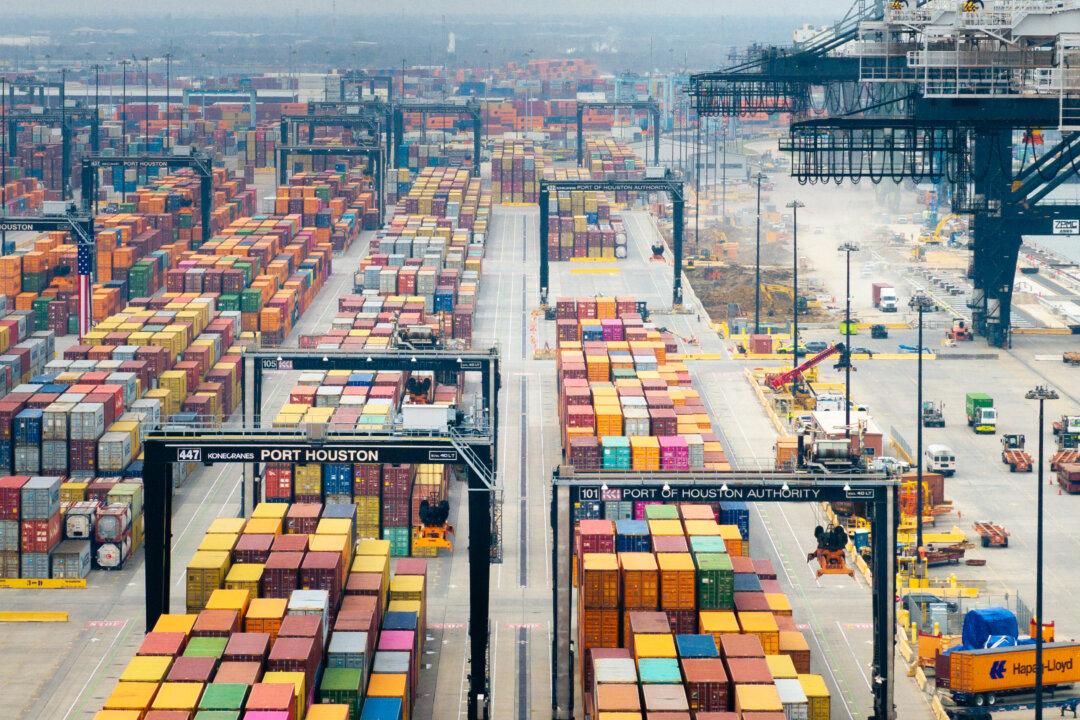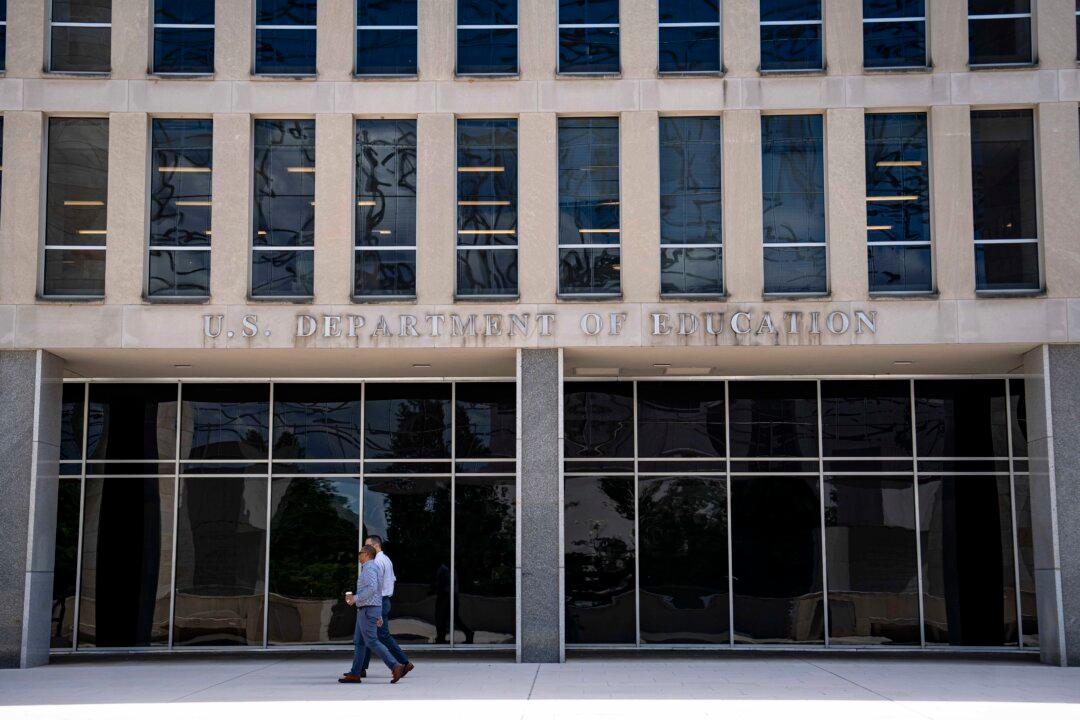Consumer retail spending is currently one of the few measures of economic activity that hasn’t hit the skids. It rose two months ago, and was unchanged last month, but there’s every indication that it’s rising again, as people dig deep to pay much higher bills while trying their best not to dial back their lifestyles.
In interpreting such numbers, the ghosts of the Great Depression continue to haunt us. In those days, aggregate demand fell dramatically. Government planners mixed up cause and effect and came to believe that lower consumer and producer spending was somehow causing the depression.
The solution, in that view, is to raise consumer and producer demand and thus give the economy a kick forward. The idea being that economic activity in general only needed a boost and all would be well!
That’s a very crude description of Keynesian hydraulics that isn’t far from what economists and government officials came to believe. Tragically, they haven’t stopped believing it. As a result, existing data on consumer spending are likely to convey the impression of economic health, or, at least, that we are so far avoiding a recessionary fate.
Problem: It isn’t spending that drives economic growth but, rather, investment that achieves that. Investment in a sound economy is funded through savings, which you get from forgoing consumption, which, in turn, comes from holding a long-term outlook. That means that lower consumer spending could be associated with preparing the way for production and growth later.
All of this was explained in great detail in the 1940s by economist Henry Hazlitt, who battled his whole career through a thicket of fallacy to explain simple truths to people. His lessons somehow never stuck, so that even today in the business press, higher consumer spending is always interpreted as great news and lower spending as bad, while savings are generally ignored.
Let’s see what the tradeoff looks like currently. It’s not a pretty picture, with retail sales rising while personal saving has basically collapsed to 5.1 percent today from a 33 percent high during lockdowns; since 1960, the average rate has hovered around 10 percent.
All of the savings of the lockdown period are now depleted as people have spent to keep pace with inflation.
![(Data: Federal Reserve Economic Data [FRED], St. Louis Fed; Chart: Jeffrey A. Tucker)](/_next/image?url=https%3A%2F%2Fimg.theepochtimes.com%2Fassets%2Fuploads%2F2022%2F08%2F18%2F1-JAT-2022.08.18-1200x946.png&w=1200&q=75)
Every category of consumer debt—mortgages, car payments, credit cards—reveals that people are digging very deeply to max out their personal leverage, even as they are socking away ever less for the future. All of this is happening while inflation-adjusted wages and income have taken the largest hit on record.
![(Data: Federal Reserve Economic Data [FRED], St. Louis Fed; Chart: Jeffrey A. Tucker)](/_next/image?url=https%3A%2F%2Fimg.theepochtimes.com%2Fassets%2Fuploads%2F2022%2F08%2F18%2F2-JAT-2022.08.18-1200x929.png&w=1200&q=75)
There’s no magic trick available anywhere that can take away the implications: It doesn’t bode well for the future of prosperity. To grow, economies need saving and investment, a rising stock of capital from which to fund wages and pay other expenses. In the second quarter of 2022, domestic investment fell, which is exactly what one would expect.
What effect does inflation have on the prospects for prosperity? A currency that rises in value over time incentivizes saving and thus investing for the long term. The late 19th century provided a good example of this. Under the gold standard, money grew more valuable over time, thus rewarding long-term thinking and instilling that outlook in the culture at large.
Inflation has the opposite effect. It punishes saving. It forces a penalty on economic behavior that is future-oriented. That also means discouraging investment in long-term projects, which is the whole key to building a complex division of labor and causing wealth to emerge from the muck of the state of nature. Every bit of inflation trims that future orientation. Hyperinflation utterly wrecks it.
Underinflation, living for the day, becomes the theme. Taking what you can get now is the method. Grasping and spending. You might as well because the money is only going down in value. Better to live hard and short and forget the future. Go into debt if possible. Let the depreciation itself pay the price.
You know what I mean from talking with younger people today whose economic outlook has been shaped by lockdowns, magic money appearing in their bank accounts, and facing inflation daily. This combination is fostering a kind of economic nihilism. Nothing makes much sense anymore, so there is no sense in planning for the future, much less saving and investing. Live for now and be done with it!
Once this attitude becomes instilled in a prosperous society, what we call civilization gradually devolves. If inflation persists, this kind of short-term thinking can wreck everything.
That’s why inflation isn’t just about rising prices. It’s about declining prosperity and a culture that gradually falls apart.
Another factor in reducing time horizons is legal instability, which was my first concern when the lockdowns began in March 2020. Why would anyone start a business if governments can just shut it down on a whim? Why plan for the future when that future can be wrecked by the stroke of a pen?
Many people had assumed that this new path would be short-lived. Surely, the politicians would wise up and stop the madness. Surely! Tragically, it got progressively worse. The spending and printing began and ramped up over time. It was a perfect storm of sheer madness, and now, we are paying the highest possible price.
The past few months of housing market data have shown how quickly whole sectors can unravel. It’s not a crisis yet but it doesn’t look pretty. Demand has collapsed even as inventories are rising. It’s what you get in the midst of a devaluation and a Fed policy designed to sop up excess liquidity to fix inflation.
In the face of all of this, policymakers in D.C. don’t have a clue. They have no interest in the data and no means to interpret them properly even if they cared. Their banditry is doing everything possible to strangle long-term growth, and it’s working. We desperately need dramatic change.







